Contents
Guide

 In memory of Anne Townley, without whom
In memory of Anne Townley, without whom
this book may never have been made Published in Great Britain by Laurence King Student & Professional An imprint of Quercus Editions Ltd Carmelite House 50 Victoria Embankment London EC4Y 0DZ An Hachette UK company Text 2019 Jeffrey Mayer, Todd Conover, and Lauren Tagliaferro Photography by Stephen Sartori The moral right of Jeffrey Mayer, Todd Conover and Lauren Tagliaferro to be identified as the authors of this work has been asserted in accordance with the Copyright, Designs and Patents Act, 1988. All rights reserved. No part of this publication may be reproduced or transmitted in any form or by any means, electronic or mechanical, including photocopy, recording, or any information storage and retrieval system, without permission in writing from the publisher. A CIP catalogue record for this book is available from the British Library TPB ISBN 978-1-78627-689-6 Ebook ISBN 978-1-52942-096-8 Quercus Editions Ltd hereby exclude all liability to the extent permitted by law for any errors or omissions in this book and for any loss, damage or expense (whether direct or indirect) suffered by a third party relying on any information contained in this book. Commissioning Editor: Sara Goldsmith Senior Editor: Katherine Pitt Design: Eleanor Ridsdale
 Jeffrey Mayer
Jeffrey Mayer |
Todd Conover |
Lauren Tagliaferro Photography by Stephen Sartori

1970s80s, USA , roller-printed synthetic
Contents

Half drop repeat

Stripe layout
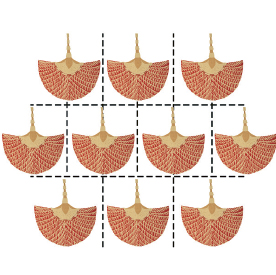
Brick pattern repeat
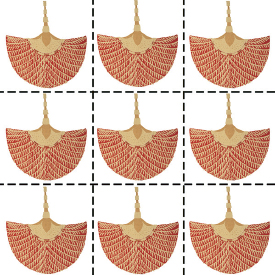
Full drop repeat
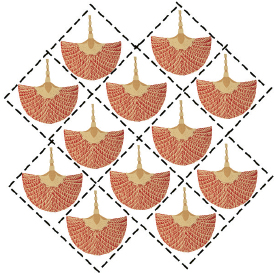
Diamond layout
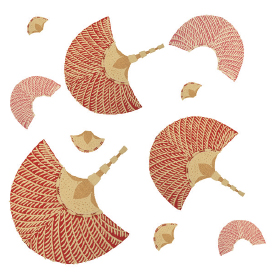
Tossed random layout

Ogee layout
Introduction
The World of Patterns
P atterns surround us. Just look at the natural world, where recurring shapes and lines, neatly organized in their own way, can be found in the symmetry of leaves, plants, and clusters of rose blooms, or the repetition of pebbles on a beach, rings in a tree, and flocks of birds in flight.
This natural order has become innate in humans; we see the world in pattern and try to echo its order. Nowhere is this more obvious than in the creative industry. Since the beginning of time, artists and designers have taken inspiration from their natural environment when designing everything from textiles for fashion and interior design to wall coverings, book covers, and gift wrap. Advertising executives also rely on our, perhaps subconscious, love of orderly repetition and include pattern in commercials, print promotions, and computer graphics. The field of body adornment, such as tattoos and jewelry, also calls on the field of pattern, drawing on both natural and manmade patterns as a rich resource. Pattern is everywhere, when you start to look for it.
The patterns we see around us do not only represent nature, but graphic art, geometric shapes, everyday objects, and even events from popular culture. Take, for example, the small grid pattern , which was made in 1876 to mark the centennial of the formation of the United States. Essentially, theres nothing that cant be neatly organized into a structured motif.
The art of pattern creation
The majority of the patterns showcased in the book were created between 1840 and 1970, a fruitful time in pattern design. While there are certain big names associated with this period, such as William Morris and Emilio Pucci, most prints were created by anonymous pattern designers, who created great beauty for commerce, rather than as fine art. We have decided to focus on these patterns and motifs, which in many cases have not been seen since their original creation, making them an incredibly useful untapped resource.
In many instances, the staff or freelance artists who created these prints simply started the pattern design process in motion by creating a pleasing motif as a gouache painting. This motif, which may or may not have indicated a preferred method of repeat, was then sent through the standard print production process. A full drop, half drop, or brick repeat would be established, which would then be arranged in a diamond, ogee, tossed pattern, or stripe (see examples opposite). Many hands would be involved in morphing the original artwork into a pattern, not only in developing the repeat, but also by reviewing scale, color, and current trends, to create a pattern suitable for a variety of needs. A number of techniques were used to create these single and multi-colored patterns on textiles: block printing, in which a carved block of wood is used to apply the dye; perrotine, a mechanized form of block printing; copperplate printing, which is a more refined version of block printing that uses etched copper and allows designers to work in a larger scale; and, finally, roller printing, a copperplated printing technique that employs a cylinder to imprint the pattern as a repeat. To create more precise repeated patterns, some of the more-recent creations were applied to the textiles using flatbed or rotary screen printing, a technique in which dye is forced through a fine mesh that has been treated with a resist and which forms the pattern.
The most contemporary patterns shown here were applied using a heat transfer methodpicture the classic iron-on transfer. Of course it is now also possible to digitally print pattern onto fabric, but none of the examples included here are recent enough to have employed this technique. Pattern does not always come in the form of print, however. It can be woven into the very structure of the cloth using a jacquard loom, to create elaborate brocade designs. Intricate patterns are also formed by applying one material or trim, such as a braid, beads, or embroidery floss, to a base fabric. Further still, designers may layer sheer and opaque textiles, laces, and embroidery together to create a constructed pattern.
This last technique may or may not have a repeating motif, but the singular pattern created can still inspire.
A source of inspiration
It is because patterns reflect so many different styles, periods, and ideas that they are such a valuable source of stimulation for creatives, whatever the field. This book, therefore, is intended as a visually invigorating and thought-provoking tool for anyone in search of inspiration. Collecting a personal design library of both images and artifacts is an activity shared by most designers and a natural part of the creative process. Personally collected objects as well as those found in structured collections often provide much-needed inspiration for modern designers, even if the connection to the original image is intangible to the casual observer. Co-author, jewelry designer, and metalsmith Todd Conover, for instance, often takes visual cues from patterns to create unique pieces.

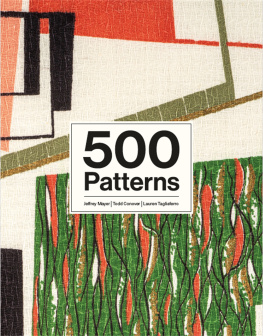
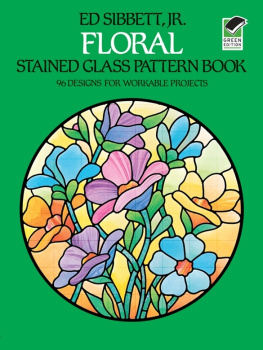

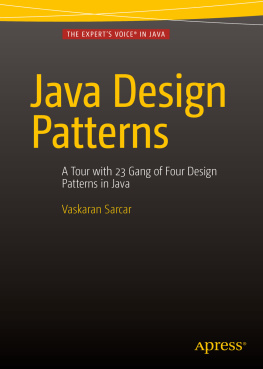
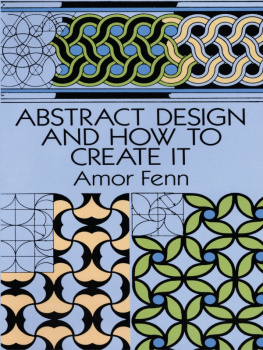
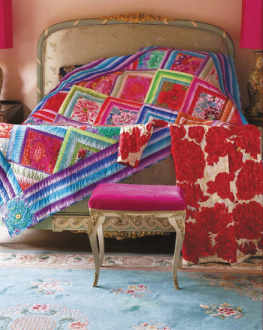
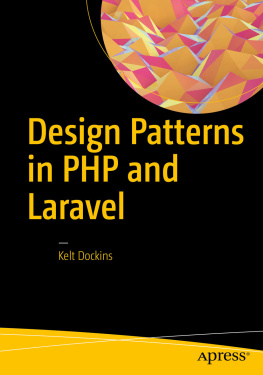
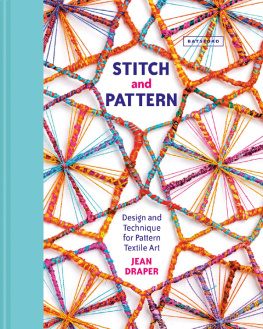
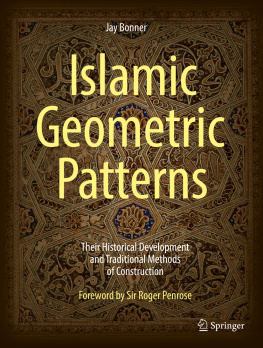
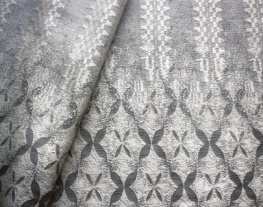
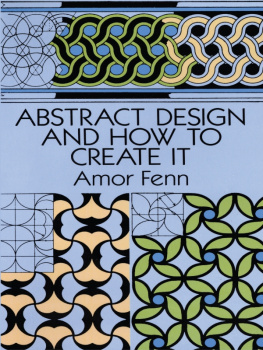


 In memory of Anne Townley, without whom
In memory of Anne Townley, without whom Jeffrey Mayer | Todd Conover | Lauren Tagliaferro Photography by Stephen Sartori
Jeffrey Mayer | Todd Conover | Lauren Tagliaferro Photography by Stephen Sartori  1970s80s, USA , roller-printed synthetic
1970s80s, USA , roller-printed synthetic  Half drop repeat
Half drop repeat  Stripe layout
Stripe layout  Brick pattern repeat
Brick pattern repeat  Full drop repeat
Full drop repeat  Diamond layout
Diamond layout  Tossed random layout
Tossed random layout  Ogee layout
Ogee layout